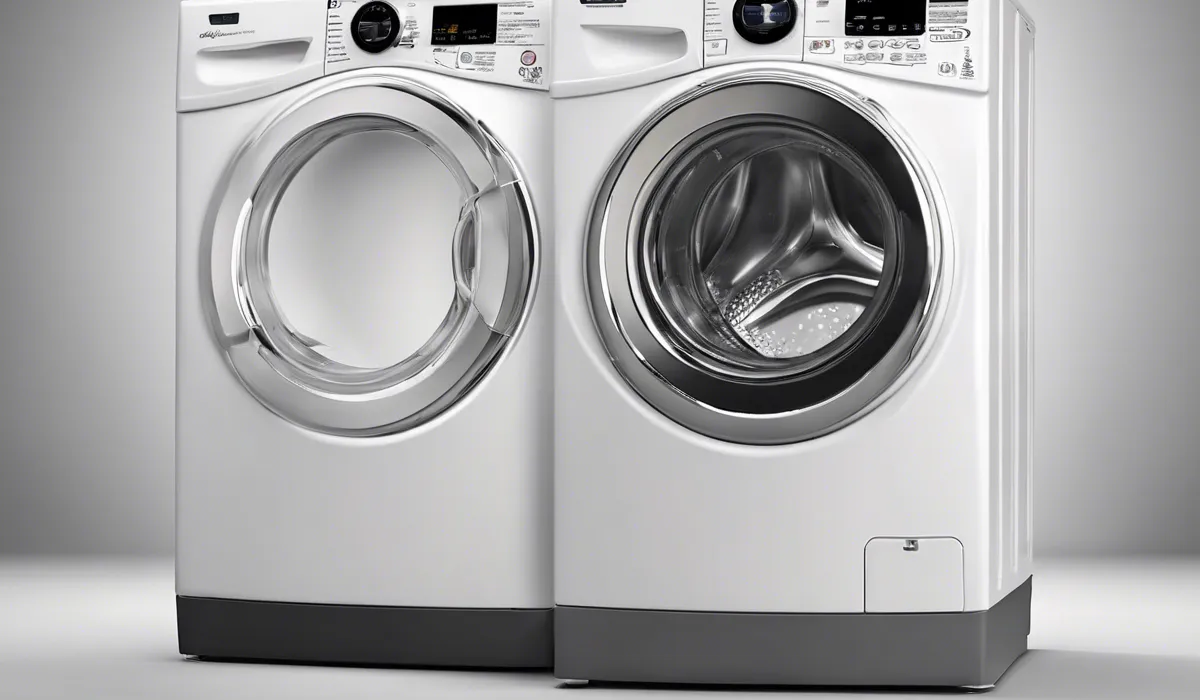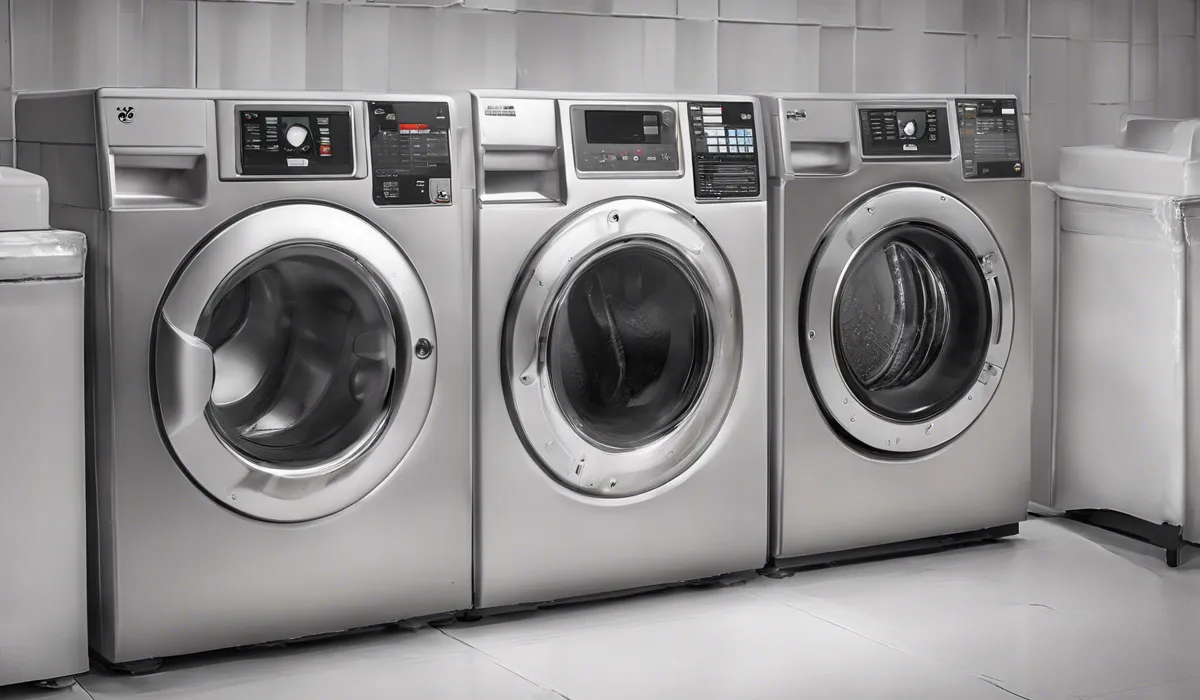Not all front-loading washers develop mold problems, but they are prone to it due to their design, which can trap moisture. Regular cleaning and maintenance can prevent mold growth. It’s a known issue, but not a guarantee for every machine.
Understanding Mold Issues in Front Loading Washers

Overview of Mold and Mildew Growth in Washing Machines
Mold and mildew are types of fungi that thrive in moist environments. In front-loading washers, these unwelcome guests can find a perfect breeding ground.
They grow on leftover detergent, fabric softener, and the small amounts of water that can remain in the washer after a cycle.
When mold establishes itself, it can cause foul odors and potentially lead to health issues, particularly for those with allergies or respiratory problems.
Conditions that Promote Mold Growth in Front Loaders
Front-loading washers are especially prone to mold because they have airtight, watertight doors that seal with a gasket.
This design can trap moisture inside the washer after a cycle. Areas with high humidity can make the problem worse.
Additionally, the use of cold water cycles, while energy-efficient, may not always remove the residue that molds feed on.
Comparison with Top-Loading Washers Regarding Mold Problems
Top-loading washers are less likely to develop mold issues because their design allows air to circulate more freely, helping to dry out the machine after use.
The vertical orientation also helps water to drain out more completely, leaving less moisture for mold to grow on.
However, this does not mean that top loaders are immune to these problems; they still require regular cleaning and maintenance.
Preventive Measures for Mold in Front Loading Washers

Importance of Maintenance and Cleaning Routines
Keeping a front-loading washer clean is essential to prevent mold and mildew. Regular maintenance includes wiping down the gasket and drum and leaving the door ajar to improve airflow.
A monthly cleaning cycle with a washing machine cleaner can help to keep the washer smelling fresh and mold-free.
Best Practices for Use
To minimize the risk of mold, it’s crucial to remove wet clothes promptly after the wash cycle finishes.
Leaving the door and detergent drawer open between uses can also help air out the washer. Additionally, using the right amount of detergent will reduce residue that can promote mold growth.
Recommended Cleaning Products and Homemade Solutions
There are many commercial products specifically designed for cleaning washing machines.
Alternatively, natural solutions such as vinegar or baking soda can also be effective for removing mold and mildew. Running an empty hot water cycle with a cup of white vinegar can help sanitize the drum and gasket.
Addressing and Resolving Mold Problems in Front Loaders

Step-by-Step Guide to Cleaning and Removing Mold
Begin by mixing a solution of equal parts water and vinegar. Wearing gloves, use a cloth to wipe down the gasket, paying close attention to the folds where mold can hide.
Next, add two cups of white vinegar to the detergent dispenser and run a hot water cycle. After the cycle, wipe down the drum, door, and gasket with a dry cloth.
When to Call a Professional for Mold Remediation?
If the mold problem persists after several cleanings, it may be time to call a professional. A persistent issue could indicate a deeper problem that requires disassembly of the washer or the use of stronger cleaning agents.
Long-term Solutions and Modifications to Prevent Recurrence
To prevent mold from coming back, consider using a dehumidifier in the laundry room to keep the air dry.
Making a habit of using a hot water cycle once in a while can also help. Some newer washer models have features such as self-cleaning cycles or improved ventilation systems that can aid in preventing mold.
FAQs About Front-Loading Washer Mold Problems
Do all front-loading washers develop mold issues?
Not all front-loading washers develop mold issues; however, they are more susceptible to mold due to their design that can retain moisture.
Why are front-loading washers prone to mold?
Front-loading washers are prone to mold because their design can allow water to become trapped, creating a moist environment that supports mold growth.
Can regular cleaning prevent mold in front-loading washers?
Yes, regular cleaning and maintenance can help prevent mold growth in front-loading washers.
Is it guaranteed that my front-loading washer will have a mold problem?
No, it is not a guarantee. While front-loading washers are prone to mold, not every machine will necessarily develop a mold problem.
What can I do to reduce the risk of mold in my front-loading washer?
To reduce the risk of mold, ensure that you regularly clean the washer, leave the door open to dry after use, and remove wet clothes promptly.
Final Thoughts
While front-loading washers are susceptible to mold due to their moisture-trapping design, not all models inevitably develop this problem. Diligent cleaning and upkeep serve as effective preventive measures against mold. Awareness of the issue is crucial, but it doesn’t spell certainty for mold presence in every front-loading washer.
